Ondo's Journey: Vision, Achievements, and the Path Forward

At Ondo, we hold a few core beliefs. The first is that over the next decade, the traditional and decentralized finance worlds will merge, with public blockchain technology underpinning it all. As that happens, significant value will be created. To be well-positioned to capture that value, we must create institutional-grade products and services and a brand that is trusted. To us, “institutional-grade” means (a) built and operated with security and transparency as bedrock principles; (b) legally and regulatorily compliant; (c) thoughtfully structured, both in terms of cost-effectiveness and investor protections; and (d) world-class customer/user experience.
We also believe that we need to be pragmatic and agile. Macro conditions, the competitive landscape, the legal/regulatory environment, and even the underlying technology are constantly changing and improving. To be successful, we need to continue to innovate and build with quality while being responsive to market conditions.
As we begin 2024, we’d like to lay out how we see the industry today, where we think it’s going, and our roadmap for the future.
The State of Play
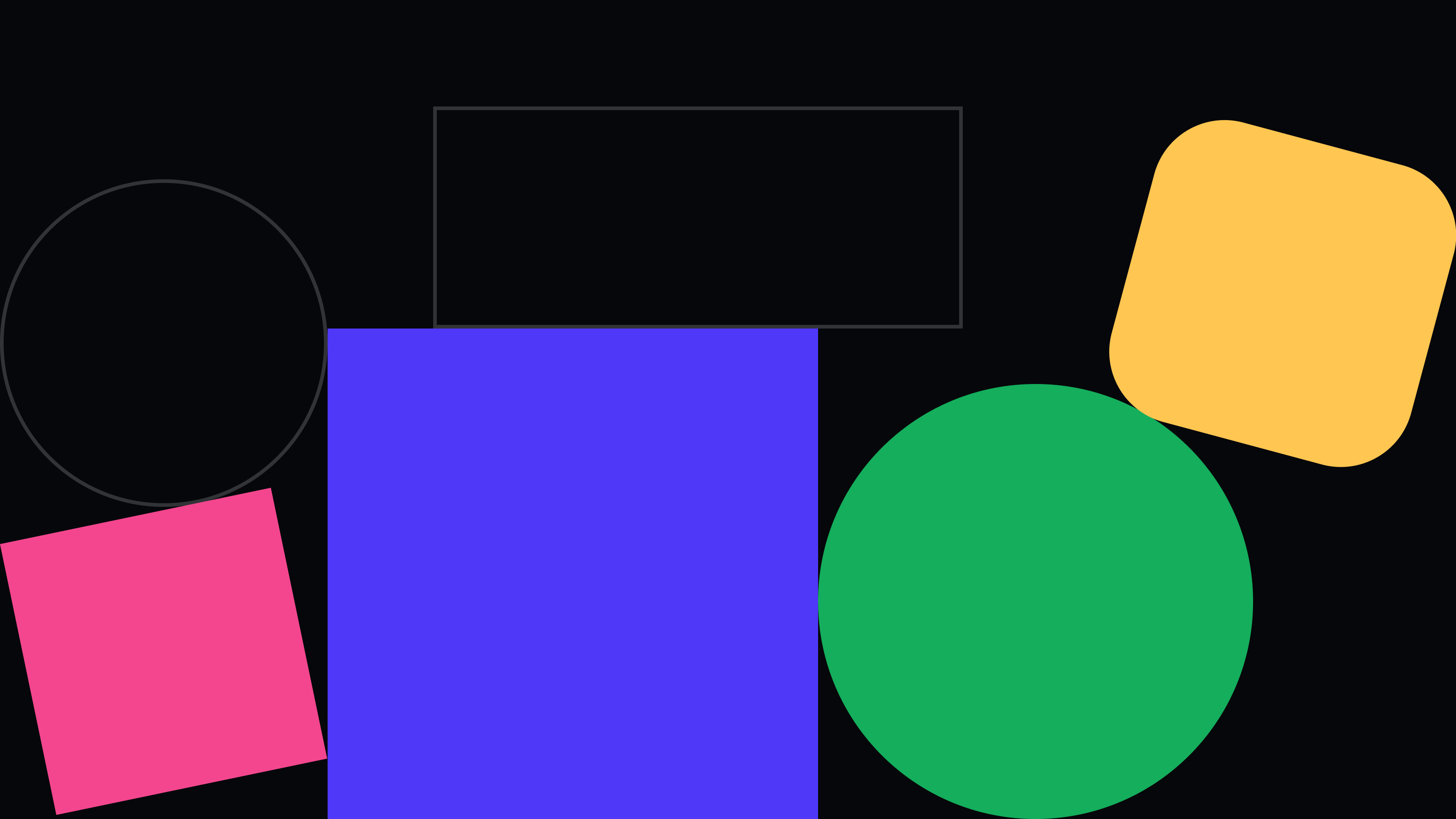
While traditional financial markets (TradFi) are themselves the result of decades of incredible innovation, they still suffer from significant limitations. A prominent issue is the pronounced disparities in geographic and socioeconomic accessibility, making these markets less inclusive than they could be. Even for those with access, the global financial infrastructure is fragmented: assets still run on different sets of rails segmented by geography and asset class (e.g. different securities settlement systems in the US and Europe). This lack of interoperability increases friction, adding cost and further limiting accessibility.
Public blockchains and decentralized finance (DeFi) have the ability to address these issues and improve market transparency, composability, and accessibility. But DeFi has its own challenges. Until recently, the vast majority of DeFi was a closed, circular system with little connection to the real economy. DeFi grew largely by enabling leverage on, and trading of, cryptoassets such as BTC, ETH, and governance and infrastructure tokens for DeFi protocols themselves, fueled by token rewards.
DeFi’s primary link to the real world came through stablecoins. Tether (USDT), introduced in 2014, was the first large-scale attempt to connect a widely-traded traditional asset, the US dollar, with the crypto world. Since then, the supply and use of stablecoins has exploded, with over $132 billion of stablecoins circulating on public blockchains. Why such success? A stable currency is one of the foundational elements of any economy or financial system, and stablecoins connect the most important currency in the world with all of the benefits that blockchain can bring: faster settlement, increased transparency, reduced costs, and programmability.
Stablecoins are just the first step. There is over $867 trillion in traditional financial assets that can benefit from tokenization, and we, like others, believe that this tokenization of “real-world assets” (RWAs) will be one of the major trends in the industry over the next decade as offchain value meets onchain innovation.
That’s where we come in.
Our Progress to Date
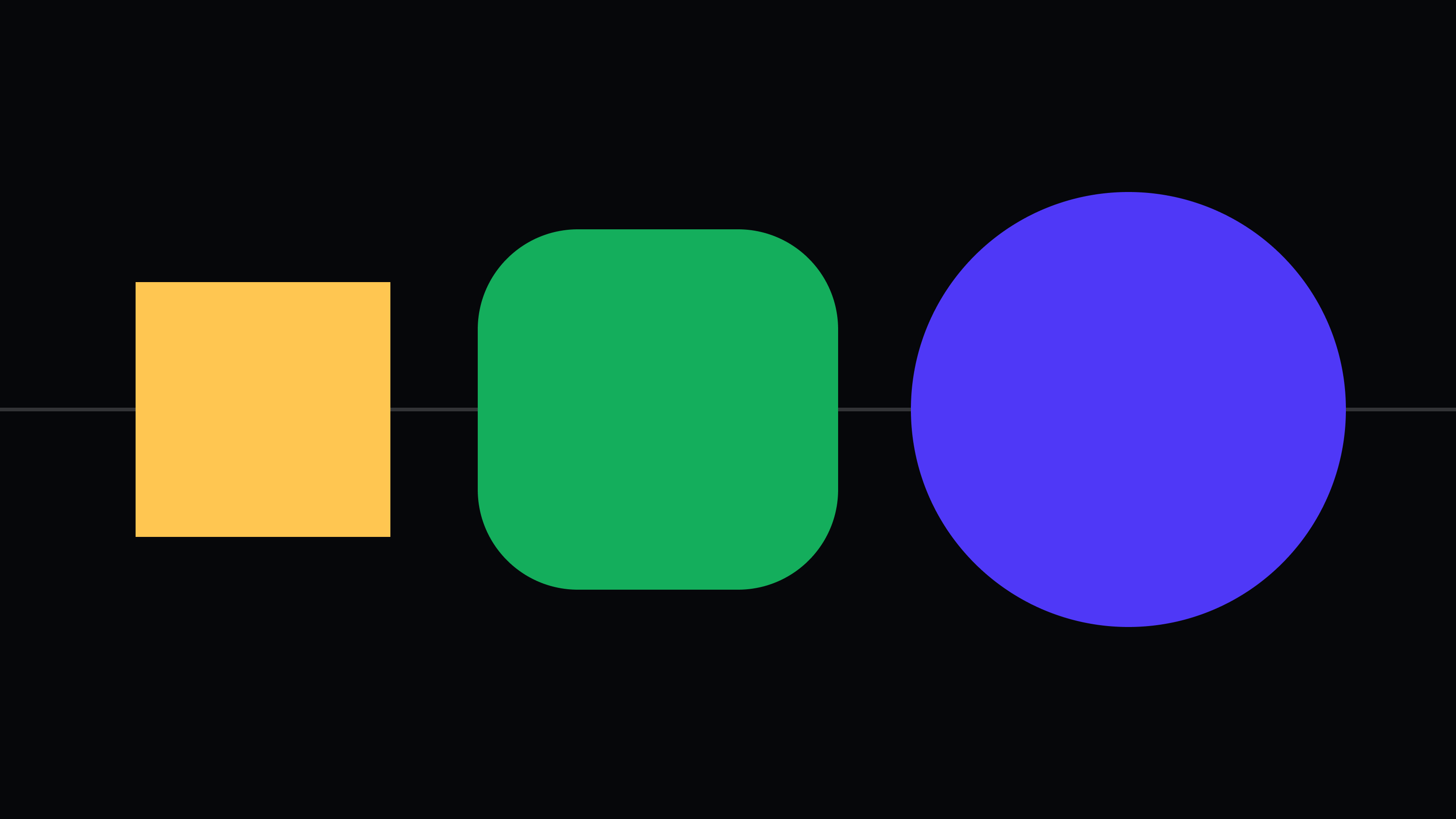
As we write this in January 2024, we’ve developed four primary products, establishing our leadership in the RWA space:
- The first tokenized security with material adoption, OUSG, a tokenized wrapper of Blackrock short-term US Treasuries ETF
- The first transferrable, rebasing token given money market exposure, OMMF, a tokenized wrapper of a Blackrock money market fund
- The first tokenized bearer note, USDY, a yield-bearing alternative to traditional stablecoins, backed by short-term US Treasuries
- The first protocol supporting tokenized securities collateral, Flux Finance, a lending protocol supporting high-quality RWAs as collateral.
Let’s start with our tokens. We started with these tokenized cash equivalents products because of their foundational nature: US Treasuries and money market funds represent some of the most basic building blocks in any financial system. Because of this, we’ve spent a lot of time and effort designing and building these products in ways that provide best-in-class compliance, transparency, cost, and investor protections.
USDY
Let’s look at some features of USDY as an example. First, transparency. USDY reserves are independently verified every day by Ankura Trust, and those reports are published on our website daily. Second, cost. Other stablecoins invest their reserves to earn yield but don’t pass that on to their users. USDY passes most of its yield to USDY holders. Third, reputable counterparties.
In terms of compliance, we issue USDY only to non-US persons who successfully pass our KYC/AML checks and require that those investors first hold USDY for 40 days before they are allowed to transfer it. We also do not market USDY to US investors, including restricting investors in the US from even seeing the USDY website, all to ensure that we comply with relevant laws and regulations.
Finally, USDY features world-class investor protections. This is achieved through several approaches:
- USDY is overcollateralized at a minimum of 3%. That means that if we issue $100 worth of USDY, we have a minimum of $103 in reserves to protect against any market fluctuations. (That 3% is a minimum; as we write this the overcollateralization is around 10%.)
- USDY has been structured to maximize bankruptcy remoteness (i.e. the degree to which USDY is protected should Ondo go bankrupt): USDY is issued out of a separate legal entity with the limited purpose of issuing USDY, has separate finances, and has an independent director. We’ve even gone so far as to obtain a legal opinion letter attesting to USDY’s bankruptcy-remote nature.
- We also engaged Ankura Trust to serve as the collateral agent on behalf of the tokenholders. This means that if ever anything happened that might put tokenholders at risk – not paying out promised interest, filing for bankruptcy, or failing to keep USDY sufficiently overcollateralized – Ankura has direct legal authority (and responsibility) to take control of all collateral, liquidate the assets, and pay back tokenholders.
As a result of these design choices, we believe that USDY is a strictly better alternative to conventional stablecoins. USDY is the first – and still only – tokenized RWA to meet all institutional requirements: regulatory compliance, transparency, reasonable costs, and world-class investor protections. This is why partners like Mantle and Polygon are choosing USDY for both treasury management and to promote to their users.
As large, traditional financial institutions bring their trillions of dollars onchain, what do you think they’ll be looking for?
Protocols
Beyond direct tokenization, we also develop protocols that enhance the utility and function of these tokens. Two examples are lending protocols and cross-chain bridges.
Flux
Let’s take the Flux Finance protocol, for example. Originally developed by us before being sold to the Ondo Foundation, Flux is the first lending protocol to support RWA collateral. It was also the first to enforce transfer restrictions on protocol receipt tokens (e.g. if a user deposits OUSG in Flux as collateral to borrow USDC, the fOUSG token they receive in return for that deposit can only be held by, or sent to, other users entitled to hold OUSG).
Here, Flux acts like a repo market for US Treasuries. Since US Treasuries represent the “risk-free rate” against which all other assets are judged, a vibrant treasury repo market provides an efficient mechanism for market participants to manage their cash liquidity and is incredibly important to a functioning financial system.
These markets are also enormous. The total value of all short-term US Treasuries held today is approximately $5.6 trillion, and the total outstanding value of all short-term US reverse repo agreements is roughly $1.3 trillion. Treasuries represent one of the most foundational elements – and Treasury repo markets foundational machinery – in the global financial system. If we get those things right, it lays the foundation for so much more ahead.
Ondo Bridge
The Ondo Bridge is a mechanism for seamlessly transferring Ondo tokens across blockchains. We have partnered with prominent bridging technology providers, such as Axelar, and incorporated state-of-the-art, multi-chain communication primitives together with a novel Ondo risk management layer to help Ondo tokenholders bridge RWAs in a safe and efficient manner.
Ondo Bridge is designed so as to avoid reliance on any single party or even protocol: if Axelar, LayerZero, or Ondo gets hacked, Ondo tokenholders and their positions remain safe.
The Ondo Token Bridge accomplishes the following:
- Security which scales with the bridged amount, with additional signatures required to bridge large amounts
- Using existing, battle-tested bridge technologies such as Axelar and LayerZero
- When bridged, Ondo tokens are not locked in a smart contract on the source chain. They are burned on the source chain and re-minted on the destination chain. This eliminates an attack vector common to other lock-and-mint token bridges
Given the tremendous risks in current cross-chain bridging and the increasing fragmentation of liquidity across chains, we believe Ondo Bridge is crucial for being able to scale RWAs and will play a key role in our expansion.
An important point to note here is that we’re the only company to be developing tokenized RWAs and protocols/infrastructure. This is important because we believe that one of the most compelling benefits of RWA tokenization is enabling integration with the multi-chain DeFi ecosystem. Knowing in detail how the tokens are constructed helps us design more effective protocols, and having a deep understanding of how protocols work help us design more effective tokens.
On The Right Track
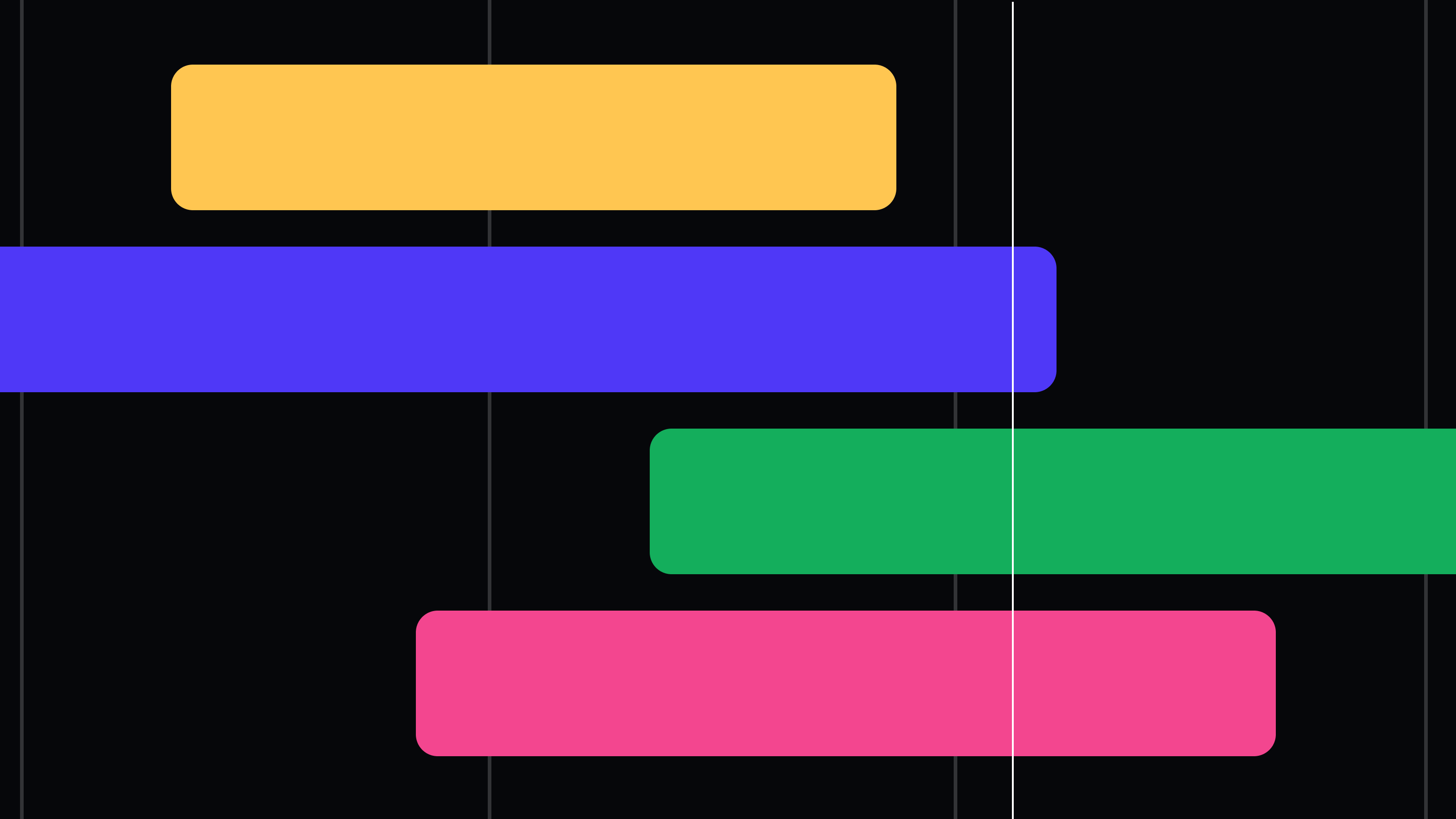
This focus on building institutional-grade tokenized RWAs and synergistic tools and protocols was borne of our belief that ultimately the off-chain and onchain financial systems would merge on public blockchains; that building compliant, institutional grade products was going to be increasingly important as regulatory and institutional scrutiny increased; that, over time, traditional institutional players would become more willing to engage with public blockchains; and that RWAs were an important next step in connecting the onchain and offchain worlds.
This thesis seems to be bearing out. In 2023 alone:
- We saw significant activity from regulators, both in terms of proposing clearer regulatory regimes and cracking down on those who failed to abide by them.
- Leaders of major traditional financial institutions such Larry Fink at Blackrock said that tokenization of RWAs will be “the next generation for markets”.
- Major traditional financial institutions including Franklin Templeton, SWIFT, and Blackrock announced significant efforts on public blockchains.
- Forbes called asset tokenization a “Trillion Dollar Market Opportunity”.
We have had some success as well:
- We are currently the leading player in the tokenized real world asset (RWA) space with over $225M in AUM/TVL across our products, representing a ~40% market share in tokenized securities.
- We have begun to partner with some of the most thoughtful players and ecosystems, such as Mantle Network and Solana, and have a deep pipeline of similar discussions underway.
- We have been recognized as a leader in this space by many organizations, including Coinbase, Binance, and Bank of America
We suspect this is just the beginning. A recent report by BCG estimates that $16 trillion in assets is coming onchain in the next decade. Traditional asset managers like BlackRock and Fidelity have massive asset bases, strong brands, extensive distribution networks, and millions of customers that trust them. What they lack is the strong technical yet commercial expertise in public blockchains; the deep relationships within, understanding of, and integration into DeFi ecosystems; and the practical experience of launching useful and compliant products onchain. We believe we are well-positioned to partner with these traditional players and help bring their trillions of assets onchain. Moreover, because of the significant technical, regulatory, and operational know-how required and the network effects that may come into play around security token standards, we expect that this will result in the consolidation of RWA tokenization onto a single or very few issuance platforms like ours.
As we continue to execute on our thesis – that combining the best of TradFi’s focus on compliance, customer service, and investor protections with DeFi’s transparency, 24/7 nature, and global accessibility is the right way forward – we wanted to clarify how we see all the pieces fitting together.
Introducing the Ondo Ecosystem
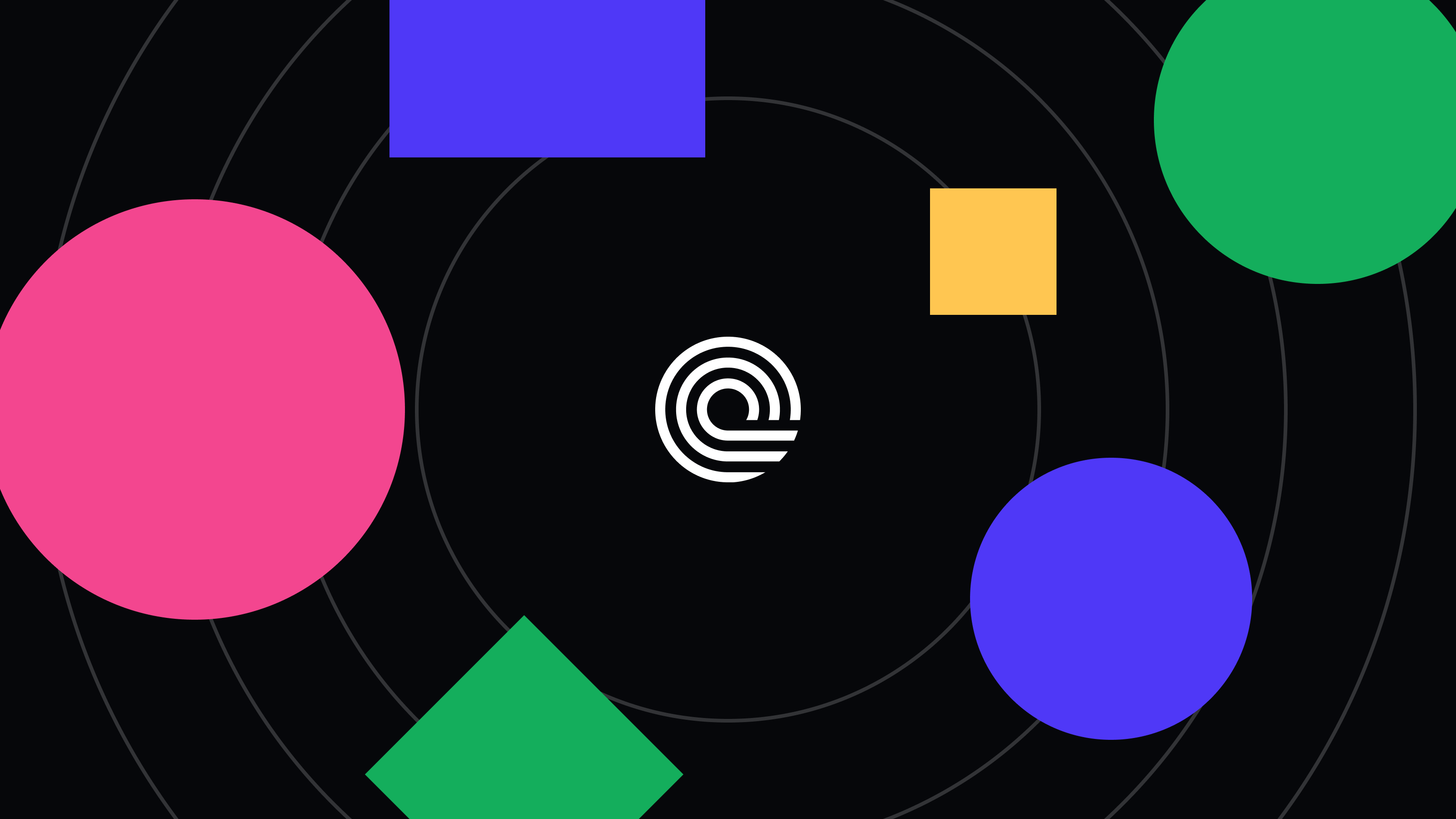
To better organize all of the stakeholders and partners, we’re introducing the Ondo Ecosystem – the set of partners aligned with our mission of bringing institutional-grade financial products and services to everyone.
First, we’re obviously part of this ecosystem. Founded in 2021, Ondo Finance is a US-based technology company focused on making institutional-grade financial products and services available to everyone. There are currently two parts to our business. The first is a set of subsidiaries that issues and manages tokenized securities on public blockchains. The second is a software development arm that focuses on the creation of both centralized platforms that facilitate this tokenization as well as decentralized protocols that improve the utility and distribution of these tokens. As of this writing, we’ve raised $24 million in equity financing from Peter Thiel’s Founders Fund, Pantera, and Coinbase Ventures (among others) and are led by the former leadership of the Goldman Sachs Digital Assets team.
We also wanted to mention a few of the other members of this ecosystem as well:
Flux Finance
Originally designed by Ondo Finance before being sold to the Ondo Foundation, Flux Finance is a decentralized lending protocol that supports high-quality tokenized securities, such as our OUSG token. We’ve described Flux earlier in this article so we won’t belabor it here. You can find out more at https://fluxfinance.com
Ondo DAO
The Ondo DAO is a decentralized autonomous organization. ONDO token holders are entrusted with shaping the future of the Ondo DAO so that it continues to pursue its mission to democratize access to institutional-grade finance. These decisions and initiatives include setting acceptable collateral, interest rate model, fees, and other parameters of Flux Finance; managing the treasury of ONDO and other assets; and controlling ONDO emissions to most efficiently grow the Ondo Ecosystem. The Ondo DAO is already one of the most active on the Ethereum blockchain with almost 11k unique registered token holders and almost 2k active voters on Tally, the leading DAO tooling provider.
Ondo Foundation
In 2022, we helped establish the Ondo Foundation, an independently-governed and nonprofit Cayman Foundation Company with no beneficial owners and a similar mission of democratizing access to institutional-grade finance.
The Ondo DAO is supported by the Ondo Foundation. As part of its mission to democratize access to institutional-grade finance, the Ondo Foundation is focused on supporting decentralized protocols like Flux, acting as a real-world touch point for the Ondo DAO and, more recently, supporting tokenized RWAs like USDY that have a non-US nexus. The Ondo Foundation also works with Ondo Finance as a commercial partner that is focused on the provision of certain technology and business development services and the management of certain tokenized RWAs like USDY.
Solana
A high-throughput, low-cost, proof-of-stake L1, Solana is a recent addition to our ecosystem with our launch of our OUSG and USDY tokens natively on their chain. Find out more at https://solana.com
Polygon
A blockchain platform which aims to create a multi-chain ecosystem of L2s, Polygon is a leader in the space and was the first network we launched our OUSG token on after mainnet Ethereum. You can find out more at https://polygon.technology
Mantle
A leading DAO-led web3 ecosystem centered around the ethereum L2 Mantle Network, Mantle was the first to partner with us to launch our USDY token on their network after mainnet Ethereum and has worked closely with us to build both liquidity and distribution for USDY. You can find out more at https://mantle.xyz
Though these are the first of our partners, we expect that this is just the start.
Better Together
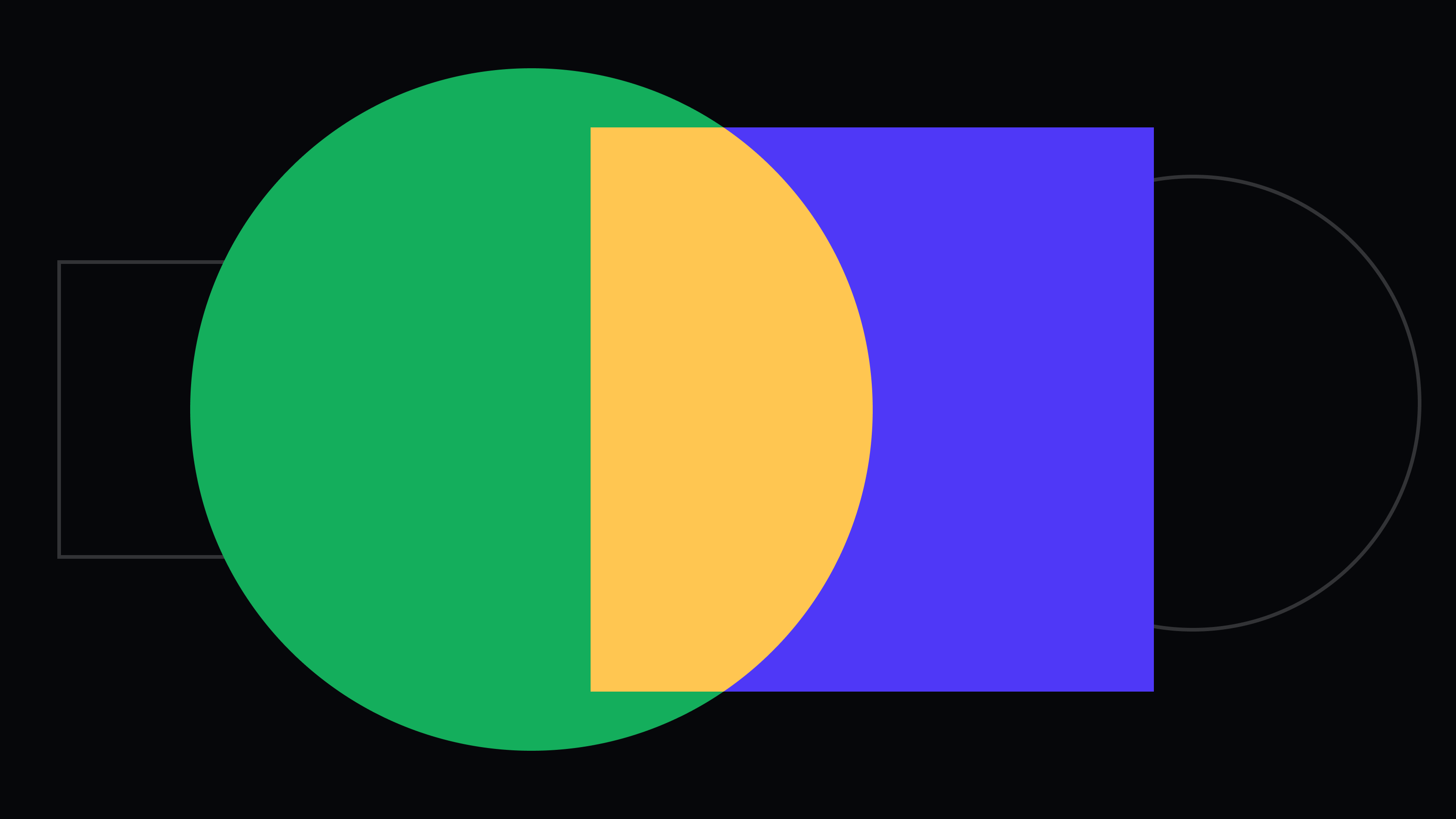
An important component of the Ondo Ecosystem is the degree to which many of these partners are synergistic with each other. To understand this better, let's look at three examples: Flux Finance, the structuring of USDY, and the building of cross-chain liquidity.
First, Flux. Today, Flux (governed by the Ondo DAO) and OUSG (issued by Ondo Finance) work together: Flux gets high-quality collateral to enable borrowing and lending against, and Ondo Finance gets more utility for its products like OUSG. And should the Ondo DAO decide to have Flux accept additional token types from Ondo Finance as collateral, TVL on Flux could increase while Ondo Finance gets additional utility, distribution, and integration of its tokens.
Second, consider the structure of USDY. The main revenue for USDY is in the form of a spread between (a) the yield that it earns on its investment in treasuries, and (b) the yield paid to USDY holders. That spread is owned by the equity holders in USDY LLC, the issuer of USDY. Importantly, through a subsidiary, Ondo Foundation is the primary investor and equity holder in USDY, owning 99% of the common equity in USDY LLC. This means the Ondo Foundation directly benefits from the growth of USDY. We couldn’t have launched USDY as quickly as we did without the Foundation’s support and they relied on our structuring and operational know-how to make it happen.
Finally, cross-chain liquidity. By partnering with chains like Polygon, Mantle, and Solana, our tokens get broader distribution to a wider set of investors, increasing our asset base and liquidity. Our Ondo Bridge then allows liquidity on different chains to be easily shared with each other, bolstering the network effects of our RWAs.
–
There are three important takeaways here. The first is that our mission of bringing institutional grade financial products to everyone is resonating with many outstanding organizations. The second is that the synergies between the members of the Ondo Ecosystem can create something that’s greater than the sum of its parts. And finally, that there’s so much more yet to do.
The Road Ahead

Given the above, we wanted to now talk more about where we see things going and where we plan to head over the next couple of years.
Before diving into that however, we wanted to note that we’re not the only ones within the Ondo Ecosystem making progress on this mission of bringing institutional-grade finance to everyone. Flux is actively looking to expand the tokens used for both collateral and borrowing/lending beyond those created by us to become the lending protocol backed by only the highest-quality collateral. Polygon, Mantle, and Solana (as well as other chains we can’t yet name) are investing heavily into bringing high-quality RWAs to their networks. Wintermute recently announced it will allow investors to buy and sell USDY via its OTC desk. And the Ondo Foundation just announced a points program and a proposal to unlock the ONDO token. These advances give us further confidence that we’re on the right track, and we’re excited to continue to work with these and other partners to help make this vision a reality.
With that said, we currently think about our activities over the next 24 months as falling broadly into three phases:
Phase I: Drive Use of Tokenized Cash Equivalents
Now that we have launched USDY, OUSG, and OMMF, the focus is on driving adoption, integrations, and liquidity.
One way we’re doing this is by partnering with existing L1s and L2s to bring our tokens to their ecosystem; the recent announcements by Mantle and Solana are examples of that. We’ve also enabled our tokens to be whitelabled on other chains to enable those chains to build additional brand equity. For example, we recently released a white-labeled, rebasing version of USDY on Mantle called mUSD that will remain stable at $1 USD per token, which we believe will be directly competitive with, and strictly superior to, traditional stablecoins.
As this example above shows, we’re also creating both rebasing and accumulating versions of our tokens to accommodate different use cases. (For clarity, ‘rebasing’ versions are like stablecoins in that they always remain pegged at a dollar, with any yield paid out in additional tokens; “accumulating” versions simply grow in value as yield is earned). As another example, we will soon be launching an accumulating version of OMMF for compatibility with certain custodians and settlement networks and are working with partners to achieve 24/7, instant minting and redemption.
We’re also constantly enhancing the tools that increase the utility of our tokens. As mentioned earlier, we recently launched Ondo Bridge to enable seamless transfer of our tokens across chains. Over the coming months we intend to expand the number of chains supported and turn the Ondo Bridge into more of an industry utility.
Similarly, we’ve also just released our Ondo Converter that allows users to easily convert between accumulating and rebasing versions.
These are all separate tools today, but we also intend to tie them together to improve both efficiency and user experience. For example, say you wanted to use some of your USDY posted as collateral on Solana and make a payment to someone on Mantle with mUSD (rebasing USDY). Our platform will automatically bridge your (accumulating) USDY on Solana to Mantle and then convert it instantly for (rebasing) mUSD (still on Mantle), ensuring near-instant, cost-efficient execution. This type of efficient routing is already routine in institutional finance; we intend to bring that onchain.
Finally, achieving broad distribution, integration, and liquidity will require involvement from both our current and future ecosystem partners as well. We’re already in talks with our existing chain partners to bring our tokens to their networks and are in discussions with other, new-to-Ondo chains for further distribution. We’re also chatting with OTC desks, market makers, and exchanges to improve liquidity, custodians to support safekeeping, and various DeFi protocols to incorporate our tokens.
Phase II: Expand into Other Public Securities
While all the above is critical, cash equivalents are only the first step; bringing the other $100T+ of publicly traded securities on chain is also necessary to achieve our vision.
That’s why, over the next few weeks, we’ll be announcing two major new initiatives. The first of these will introduce a paradigm-shifting approach that redefines what it even means to tokenize publicly-traded securities in a way that solves one of the current biggest barriers to widespread adoption: liquidity. The second will address what we see as many of the core infrastructure-layer challenges gating the large-scale creation and use of tokenized securities on public blockchains.
Together, we believe these innovations will lay the groundwork to catalyze not just the large-scale tokenization of regulated securities on public blockchains – by many players, not just us – but also their widespread use and integration across the entire onchain universe.
Phase III: RWAs & Beyond
We can’t say much about this phase yet, but if you think about the many players and functions in the traditional financial system, there are many that can reap the benefits of being brought on chain. Some of those things (like tokenizing existing RWAs, providing client service, etc.) will be best done by centralized actors. Others (like repo or bridging) will be best served by decentralized protocols. However it’s done, though, you can be sure that we’ll build them with the same institutional-grade standard we always do.
--
We believe that public blockchains are the only true path to bringing an open and accessible financial system to all, and that making regulated securities easily and widely used onchain is an essential first step. In 2023 we started down this path with the launch of our first three tokenized cash equivalents and the development of a lending protocol that supports RWAs. With the help of our partners in the Ondo Ecosystem, we’ve launched that protocol and expanded the use of those tokens across several chains.
Over the next few years, we – in conjunction with our partners – intend to continue to pursue this goal by increasing the distribution and use of our existing tokenized products, launching new ones, and innovating at the infrastructure layer to create a platform that makes all of this easier for organizations, developers, and end users alike.
Onward.
⚠️ NOTE: Neither USDY nor OUSG has been registered under the US Securities Act of 1933 ("Act") or pursuant to securities laws of any other jurisdiction, and neither may be offered, sold or otherwise transferred in the US or to US persons unless registered under the Act or an exemption or exclusion from the registration requirements thereof is available. Additional restrictions may apply. Neither Ondo USDY LLC nor Ondo I LP, the respective issuers of USDY and OUSG, is registered as an investment company under the US Investment Company Act of 1940, as amended. Nothing herein constitutes any offer to sell, or any solicitation of an offer to buy, USDY or OUSG. Acquiring tokens, including USDY and OUSG, involves risks. A holder of such tokens may incur losses, including total loss of their purchase price. Past performance is not an indication of future results.

